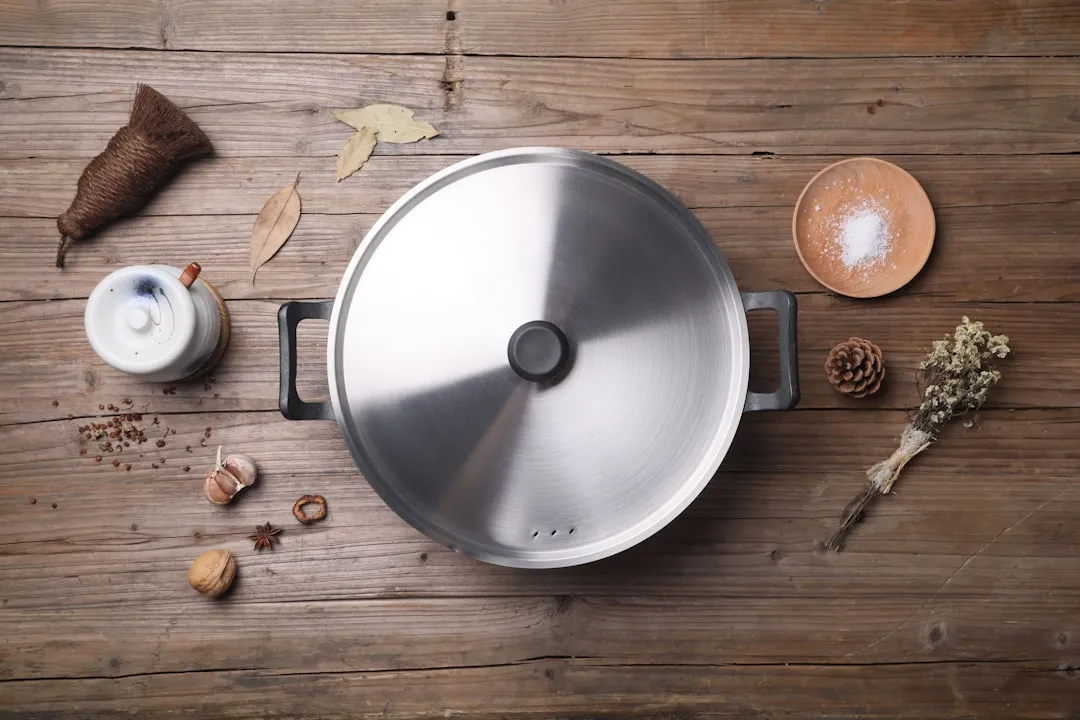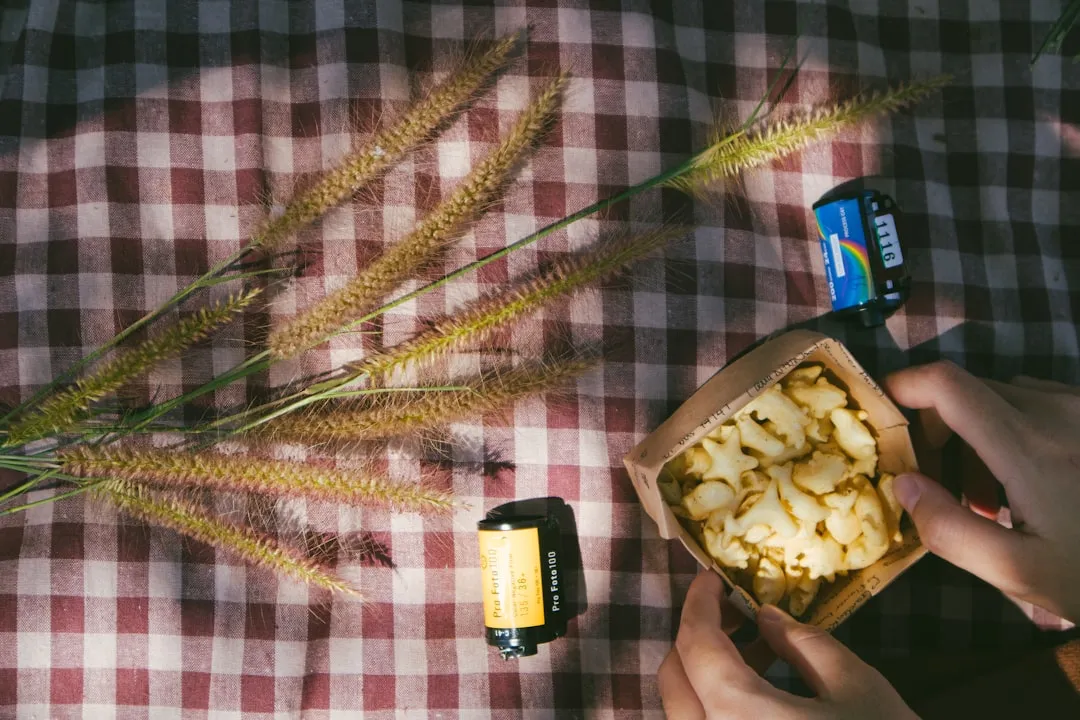When you know how to cook it, tofu is a delicious dish in and of itself—truly. Too many people have been subjected to poor quality or badly cooked tofu and told to eat it because it's a "healthy alternative" to meat. Usually what they bite into is a bland, rubbery mess coated with a random array of flavors.

Tofu can really show up a cook's strengths and weakness.
The beauty of tofu is its subtlety. It doesn't come at you with an aggressive array of tastes. Instead, tofu is a canvas that creative cooks can use in all kinds of dishes. Its blank-slate quality helps to enhance all of the other flavors in a dish, which is why it takes so well to marinades and stir fries.
And if you know how to prep it correctly, baked or fried tofu takes on a heavenly texture: crunchy and golden on the outside, creamy and custardy on the inside. One of my favorite everyday meals is pan-fried tofu, sea salt (or fleur de sel), kim chi, seaweed salad, and rice—that's it.
So, What Exactly Is Tofu?
Called doufu in China and dubu in Korea, tofu is bean curd that is created from soy milk. The process of making tofu is very similar to how cheese is made. In Asian countries, it's not uncommon to get freshly made tofu at neighborhood stores and restaurant. This tofu, with its fresh, nutty, earthy flavors, is a far cry from the tubs of rubbery stuff that most Westerners encounter.
Check out this CHOW video about an artisanal tofu maker (Hodo Soy Beanery) to get an insider's look at how it's made.
Know Your Tofu Types
Tofu tends to come in several textures. It's labeled according to how much water has been pressed out of it. Silken and soft tofu tend to have the most water, while medium, firm, and extra-firm have the least.
Some recipes refer to medium or firmer types of tofu as "regular tofu," just to make things slightly more confusing. In any case, "regular" tofu holds its shape better while soft and silken tofus have a more custardy texture. Also, if it comes in a vacuum-sealed box, it's almost always silken or soft tofu.

Soft, firm, silken firm: the variety of tofu out there is pretty astonishing.
For pan-frying, stir-fries, scrambles, and baking, you're better off sticking with medium tofu or anything firmer because you'll want the tofu to be able to hold its shape. For soups, deep-frying, or to use as a healthier substitute for cheese or cream in desserts or casseroles, use anything in the soft or silken category.
The Kitchn has a good guide about tofu, including explanations about the variations of soft, silken, and regular that are out there.

Tofu types available in an Asian grocery. This is a far cry from white blocks in plastic tubs.
Weigh Down the Tofu to Squeeze Out Excess Moisture
For tofu beginners, I recommend starting with pan-fried or baked tofu. These two techniques are easy to master and the results are dynamite.
Prepping the tofu by squeezing out the excess moisture is absolutely necessary. If you skip this step the tofu, you'll end up with wet, soggy cubes and slices. Plus, any excess moisture will dilute the sauce or marinade you use.
Keep in mind that pressing the moisture out of tofu should only be done with the "regular" types. Soft and silken tofu will crumble if you try and weigh it down.
If you're in a hurry, you can cut your tofu into slices about half an inch thick and gently press them between the palms of your hands. If you have a clean dishtowel or paper towels, you can wrap the tofu slices before you press.

Be firm, yet gentle, when pressing moisture out of tofu between your hands.
However, the most effective method that I've found only takes a couple more minutes of prep and some wait time.
Get out a large, shallow plate or baking tray. Line it with clean, dry cloths or paper towels. Slice the tofu and arrange on your baking tray—don't cube it just yet. Place more cloth or paper towels on top. Next, arrange a plate or tray of equal size on top of your tofu.

It's nice to use two plates of similar size when using them to press tofu.
Now, leave it alone for at least half an hour (an hour is better). If you have time, you should switch out the cloth to dry ones midway through the process, but I've skipped this step plenty of times with good results.
Afterwards, you're left with tofu that's ready to take swimmingly to the marinade, stir-fry, or pan-frying method you prefer.
Or, Pour Boiling Hot Water Over It
Andrea Nguyen, author of the book Asian Tofu: Discover the Best, Make Your Own, and Cook It at Home, suggests pouring salted, boiling water over sliced tofu and then letting it sit for fifteen minutes.
J. Kenji López-Alt of Serious Eats points out that while this seems counterintuitive, the hot water brings the moisture within the tofu to the surface while the salt seasons it.

Sliced tofu gets the hot water treatment so it will crisp up properly.
After the tofu is done sitting, you can let the slices sit on paper towels or cloth or blot them dry. Herbivoracious swears by the salt-water method, saying it produces a superior crust on pan-fried tofu.
You Can Also Freeze the Moisture Out of Tofu (But Not for Too Long)
If you really want your tofu to become more sponge like, there's this great hack courtesy of Slate: freeze that mother.
When you freeze tofu, the water forms ice crystals and changes the structure of the protein, making it spongier and more absorbent once it's defrosted. Just be sure to take it out of the tub before you freeze it, otherwise defrosting it will be a pain. After it's defrosted, you can press or drain it to get rid of any excess moisture.
In fact, it's a good idea to slice your tofu beforehand to make for easier defrosting. Freeze it for short amounts of time only—24 hours or less. I once froze tofu and forgot it. Two weeks later, I pulled it out, defrosted it, and was left with several dense, inedible slices that resembled Chore Boy sponges.

L: tofu that's been frozen a little too long. Compare its texture to fresh tofu.
Also, tofu, like ice cubes, tends to absorb flavors when it's left in the freezer too long. In a word: yuck.
Pan-Fried Tofu: The Easiest Way to Learn to Love Tofu
After you've chosen your preferred method of prepping tofu, break out your favorite non-stick skillet and a good neutral-tasting cooking oil. It's time to fry.
Pour in about a tablespoon of oil (more or less, depending on how many slices you're frying at once) and heat it over medium-high until the oil begins to shimmer. There should be just enough oil to come up around the edges of the tofu, but not so much that your slices will drown in it.
Gently lay in your tofu slices. Don't crowd them close together. When you have too much food in a pan, the excess moisture will encourage sautéing or steaming rather than frying. Leave about a pinky finger's width between slices.

Don't bug the tofu while it's cooking. Just hang out with it.
Leave the tofu slices alone. Seriously. Leave 'em alone. Avoid any tendency to peek or do a little flipping. This isn't a steak. What you want to do is wait until you see the corners and edges starting to brown.
Okay, if you absolutely can't leave the tofu alone, you can do one useful thing: press down on the slices with a spatula. Use a firm hand. You want to hear those tofu slices crackle. The more your tofu has even, consistent contact with the heated pan, the more crispy, crunchy crust will form.

Be firm with your frying tofu and really exert some consistent pressure as it cooks.
When the edges and corners are browned to your liking, careful slide your spatula under each slice and flip them over. I actually use a spatula to lift the slices and then pick up each slice with chopsticks to gently lay the tofu slices on their other side so I don't get spattered with oil. Repeat the press-and-wait process on the other side.
Once the tofu is done to your liking, put those slices on a paper towel so the excess oil can drain. Some people like to use soy sauce with their pan-fried tofu, but I just like some good salt to further enhance its clean, fresh taste and let me appreciate the fried crunchy goodness.

The crunchy exterior, the creamy interior: there's nothing like pan-fried tofu.
What Tofu Recipes Should You Try?
If you're ready to move beyond stir-fries and pan-frying, you can take your prepped tofu and venture out into an exciting world of recipes. If you like spicy food, get some soft tofu and make soondubu-jjigae, a spicy, salty, garlicky Korean stew punctuated by the bright clean taste of green onions. Bonus: if you're coming down with a cold, this will kick it right out of you.
You can also try making banh mi, a classic Vietnamese sandwich served on a fresh baguette. The Slate article above has a terrific recipe that involves caramelized tofu and onions.
What's your favorite way to cook tofu?
Cover image via Wendy Copley of Wendolonia

























Comments
Be the first, drop a comment!